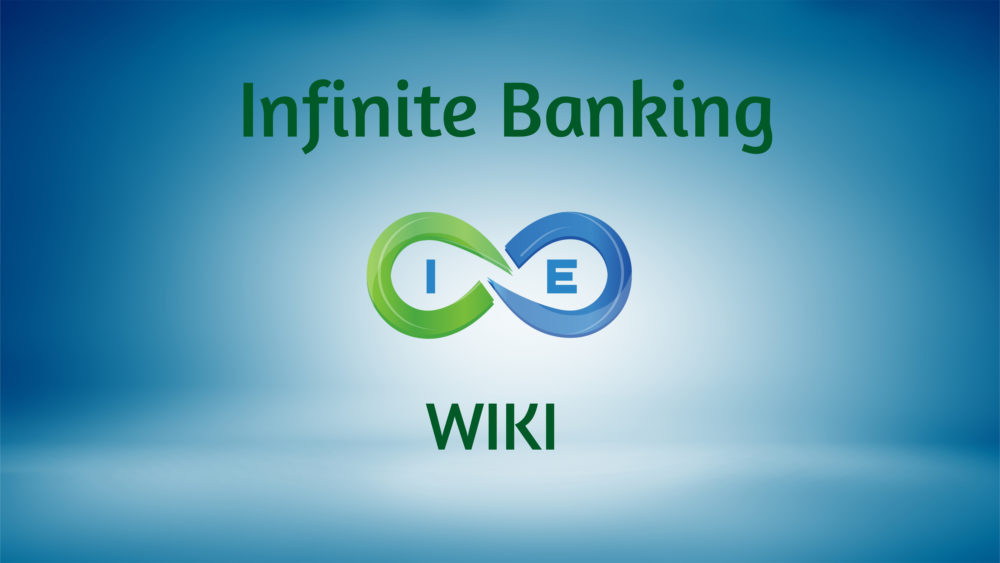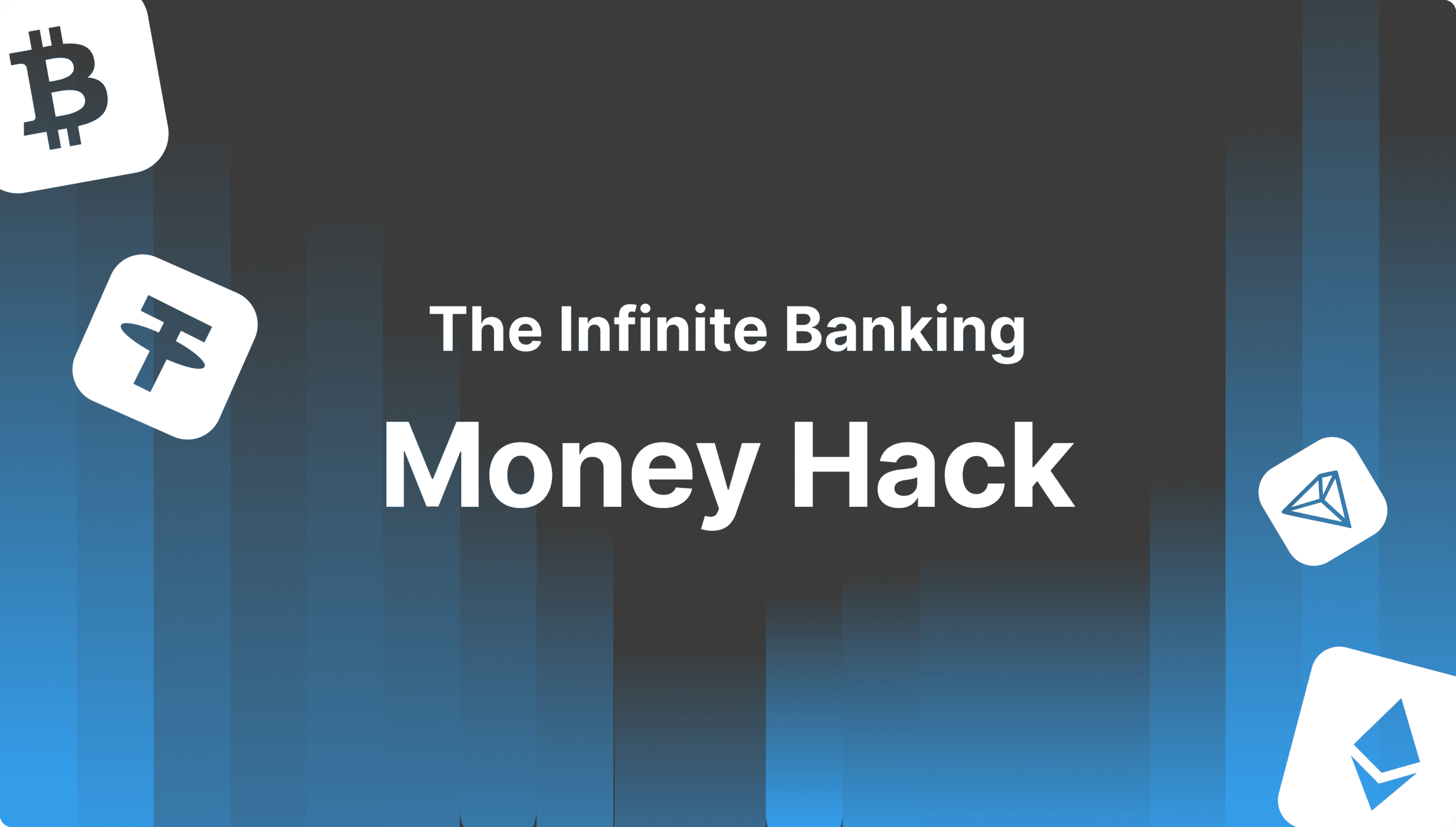All Categories
Featured
Table of Contents
Okay, to be reasonable you're really "banking with an insurance coverage business" as opposed to "banking on yourself", yet that concept is not as very easy to offer. Why the term "unlimited" financial? The concept is to have your cash working in numerous locations at the same time, instead than in a single location. It's a little bit like the concept of buying a house with money, after that borrowing versus your house and putting the money to operate in another financial investment.
Some people like to chat concerning the "velocity of money", which primarily indicates the very same thing. That does not mean there is absolutely nothing worthwhile to this concept once you obtain past the marketing.
The entire life insurance policy industry is afflicted by overly expensive insurance coverage, massive commissions, dubious sales methods, reduced rates of return, and improperly educated customers and salespeople. However if you want to "Financial institution on Yourself", you're going to have to wade right into this industry and really buy whole life insurance coverage. There is no substitute.
The warranties fundamental in this product are important to its function. You can obtain against a lot of kinds of cash money worth life insurance policy, but you should not "bank" with them. As you buy an entire life insurance policy to "financial institution" with, remember that this is a completely separate area of your financial plan from the life insurance policy area.
As you will see below, your "Infinite Financial" plan really is not going to dependably supply this important financial feature. Another trouble with the fact that IB/BOY/LEAP relies, at its core, on a whole life policy is that it can make buying a policy bothersome for several of those interested in doing so.
How To Become Your Own Bank
Unsafe pastimes such as SCUBA diving, rock climbing, skydiving, or flying likewise do not mix well with life insurance policy products. That might function out fine, considering that the point of the plan is not the death benefit, yet bear in mind that purchasing a policy on small kids is more expensive than it needs to be given that they are normally underwritten at a "typical" price rather than a liked one.

Most plans are structured to do one of two things. Many frequently, policies are structured to optimize the payment to the agent offering it. Cynical? Yes. It's the truth. The compensation on an entire life insurance policy policy is 50-110% of the first year's costs. In some cases policies are structured to make the most of the survivor benefit for the premiums paid.
The price of return on the policy is really essential. One of the ideal ways to optimize that element is to obtain as much cash money as feasible into the policy.
The very best method to enhance the rate of return of a plan is to have a relatively tiny "base plan", and after that placed more cash into it with "paid-up additions". As opposed to asking "How little can I place in to get a specific fatality advantage?" the question comes to be "Just how much can I lawfully took into the plan?" With more money in the plan, there is even more cash worth left after the expenses of the fatality benefit are paid.
A fringe benefit of a paid-up enhancement over a normal premium is that the commission rate is lower (like 3-4% rather than 50-110%) on paid-up enhancements than the base plan. The much less you pay in payment, the higher your rate of return. The price of return on your cash worth is still mosting likely to be unfavorable for a while, like all cash worth insurance coverage.
The majority of insurance coverage companies only provide "direct acknowledgment" fundings. With a straight recognition loan, if you borrow out $50K, the reward price used to the cash money worth each year only applies to the $150K left in the policy.
Nelson Nash Infinite Banking
With a non-direct recognition funding, the firm still pays the same reward, whether you have actually "borrowed the cash out" (technically versus) the plan or not. Crazy? That recognizes?
The companies do not have a source of magic free money, so what they offer in one place in the policy need to be drawn from another location. But if it is taken from a function you care less about and take into an attribute you care much more around, that is a great thing for you.
There is another critical function, normally called "wash loans". While it is fantastic to still have actually returns paid on cash you have actually obtained of the plan, you still need to pay passion on that car loan. If the dividend rate is 4% and the lending is charging 8%, you're not specifically coming out in advance.
With a laundry loan, your funding rate of interest coincides as the reward rate on the policy. While you are paying 5% rate of interest on the funding, that passion is completely balanced out by the 5% reward on the funding. In that respect, it acts simply like you took out the money from a bank account.

5%-5% = 0%-0%. Without all three of these elements, this policy simply is not going to work really well for IB/BOY/LEAP. Virtually all of them stand to make money from you buying right into this principle.
Actually, there are lots of insurance coverage agents speaking about IB/BOY/LEAP as a feature of whole life who are not really selling policies with the essential features to do it! The problem is that those that know the concept best have a substantial problem of interest and normally pump up the advantages of the principle (and the underlying plan).
Infinite Banking Concept Wiki
You need to contrast borrowing against your plan to taking out cash from your cost savings account. No money in money value life insurance. You can put the cash in the financial institution, you can spend it, or you can buy an IB/BOY/LEAP policy.
You pay taxes on the passion each year. You can save some more money and put it back in the banking account to start to earn passion once again.
When it comes time to purchase the watercraft, you sell the financial investment and pay taxes on your long term resources gains. You can save some even more cash and purchase some more investments.
The money value not used to pay for insurance and compensations grows for many years at the reward price without tax obligation drag. It starts with negative returns, but with any luck by year 5 or two has actually broken even and is expanding at the reward price. When you go to purchase the boat, you borrow against the policy tax-free.
Be Your Own Banker Life Insurance
As you pay it back, the cash you paid back begins growing once again at the dividend price. Those all job quite in a similar way and you can compare the after-tax prices of return.
They run your credit scores and give you a loan. You pay interest on the borrowed cash to the bank till the loan is settled. When it is paid off, you have a nearly pointless boat and no money. As you can see, that is nothing like the initial 3 choices.
Latest Posts
Infinity Banking
Bring Your Own Bank: Expanding The Ways Companies ...
Infinite Banking Concept Example